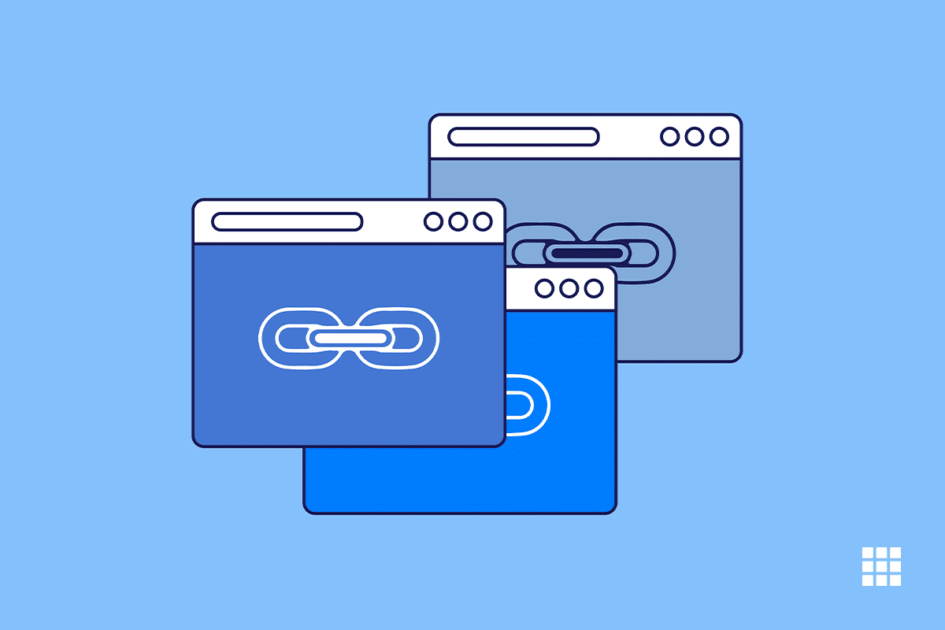
Link spam has been the focus of a recent algorithm change disclosed by Google. This change will penalize websites that use link spam and is scheduled to take effect in December 2022. If you are asking what link spam really means, it is the act of purchasing or selling links in order to erroneously increase a website’s link popularity is known as link spam. This can be accomplished by paying for links on other websites or participating in link exchange programs like link farms. By eliminating websites that use these unethical SEO techniques, Google updates aim to raise the calibre of search results.
That’s Google’s plan to take care of what affects its platform and other websites in totality. Hence, with this article, we seek to lay emphasis on how you can recover from these spams and also educate you on link spam updates. So, if you want to know more as to how you can counter it and know about the types of link spams too, keep reading.


Write A Comment